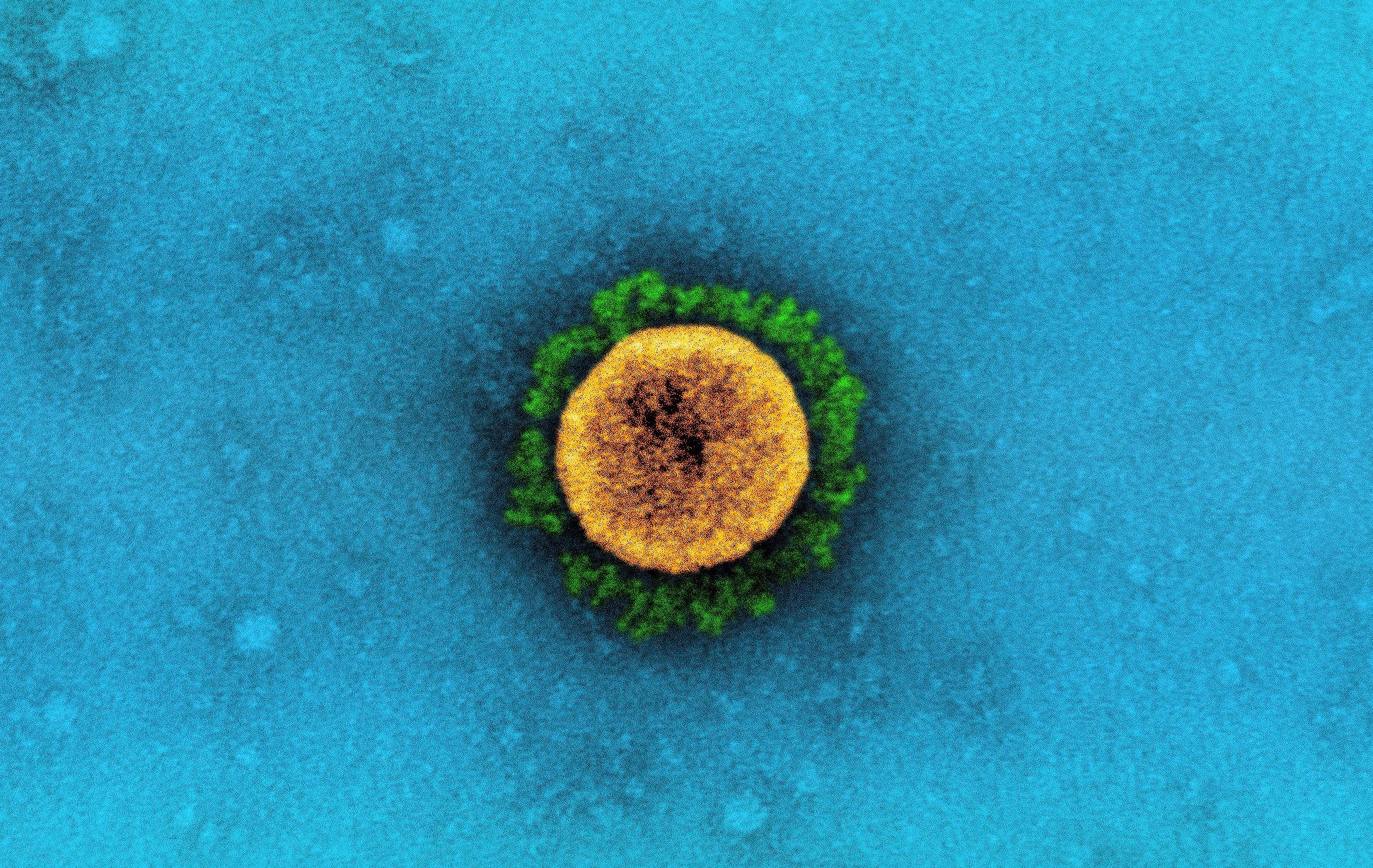The use of gold nanomaterials in combination with the specific tris(bipyridine)ruthenium(II) [Ru(bpy)3] system has recently been established as a new strategy for developing novel electrochemiluminescent nanostructured biosensor to selectively detect severe acute respiratory syndrome coronavirus 2 (SARS-CoV-2) DNA sequences with rather high sensitivity.
Although the current gold standard for diagnosing coronavirus disease 2019 (COVID-19) caused by SARS-CoV-2 is real-time reverse transcription-quantitative polymerase chain reaction (RT-qPCR), biosensors can offer a reliable alternative due to their simplicity, portability, high sensibility, and low cost. More specifically, DNA biosensors may facilitate SARS-CoV-2 detection based on its genetic code. And even though some publications describe the use of DNA biosensors, it is basically an emerging area of great interest with manifold potential applications.
 Study: Electrochemiluminescent nanostructured DNA biosensor for SARS-CoV-2 detection. Image Credit: NIAID
Study: Electrochemiluminescent nanostructured DNA biosensor for SARS-CoV-2 detection. Image Credit: NIAID
The use of nanomaterials to improve COVID-19 diagnostics
The scientific literature has recently shown how the analytical properties of diagnostic tests (most notably their sensitivity, specificity, and selectivity) can be improved by implementing nanomaterials into the device design.
In this context, the use of so-called carbon nanodots (CDs), a novel cerodimensional nanomaterial, is becoming increasingly popular due to their charge transfer efficiency. The latter makes them excellent co-reactants for many different purposes.
Furthermore, another type of exciting nanomaterial is gold that comes in many different shapes and forms (such as rods, spheres, and triangles). Gold is considered one of the most usable nanomaterials in sensor applications due to its ease of synthesis, high stability, good biocompatibility, and large surface area.
A recent paper that was published in the Talanta journal dedicated to original reports in pure and applied analytical chemistry presents for the first time the combination of two different nanomaterials – gold nanomaterials (AuNMs) and CDs for the development of an improved electrochemiluminescence (ECL) DNA biosensor.
Methodological approach
In this study led by Dr. Laura Gutiérrez-Gálvez from the Universidad Autónoma de Madrid in Spain, CDs were synthesized by tiger nut milk carbonization, complemented with the use of hydrothermal treatments in microwave reactor synthesizer.
The gold nanomaterials were a mixture of gold nanotriangles and gold nanoparticles and were prepared via the seed-mediated growth method. Carbon nanodots were used an co-reactant agents in the [Ru(bpy)3]2+ anodic ECL.
The obtained AuNMs were characterized by techniques such as atomic force microscopy, scanning electron microscopy, and tunneling electron microscopy to determine their size and morphological traits.
Finally, the researchers have evaluated the applicability and usability of the proposed state-of-the-art, combined biosensor by determining SARS-CoV-2 sequences in serum samples taken from infected human individuals.
Synergistic use of nanomaterials
The study has shown how the combination of both nanomaterials can exert a synergic effect that enhances the ECL response, providing, in turn, an efficient and robust SARS-CoV-2 biosensing platform that detects viral genetic code.
More specifically, based on the difference in the ECL signal prior and after hybridization, the researchers could corroborate that the [Ru(bpy)3]2+/CDs ECL system can distinctly detect hybridization. Furthermore, the proposed method works rather well on discerning specific DNA sequences.
Basically, AuNMs allow the immobilization of the thiolated DNA capture probe, which recognizes genetic sequences related to SARS-CoV-2. Consequently, this method can detect a target sequence of the virus in the presence of potentially interfering sequences from other pathogens. The biosensor can detect the target SARS-CoV-2 over one month.
Simple and practical alternative
In any case, the analytical parameters of the biosensor developed in this study compare well with those that were previously reported in the literature. Likewise, the detection limit is equivalent (or actually even better) and the developed biosensor is a straightforward, accessible platform for SARS-CoV-2 detection.
“Compared with other simple methodologies as colorimetric assay, the proposed biosensor present lower detection limit, proving that it can be a simple great practical alternative for detecting SARS-CoV-2 at very low concentrations”, further clarify study authors.
In any case, additional studies will be needed to ascertain the translational use of this technology for quotidian clinical practice. However, the promise of this technology is desperately needed in our ongoing fight against the COVID-19 pandemic.